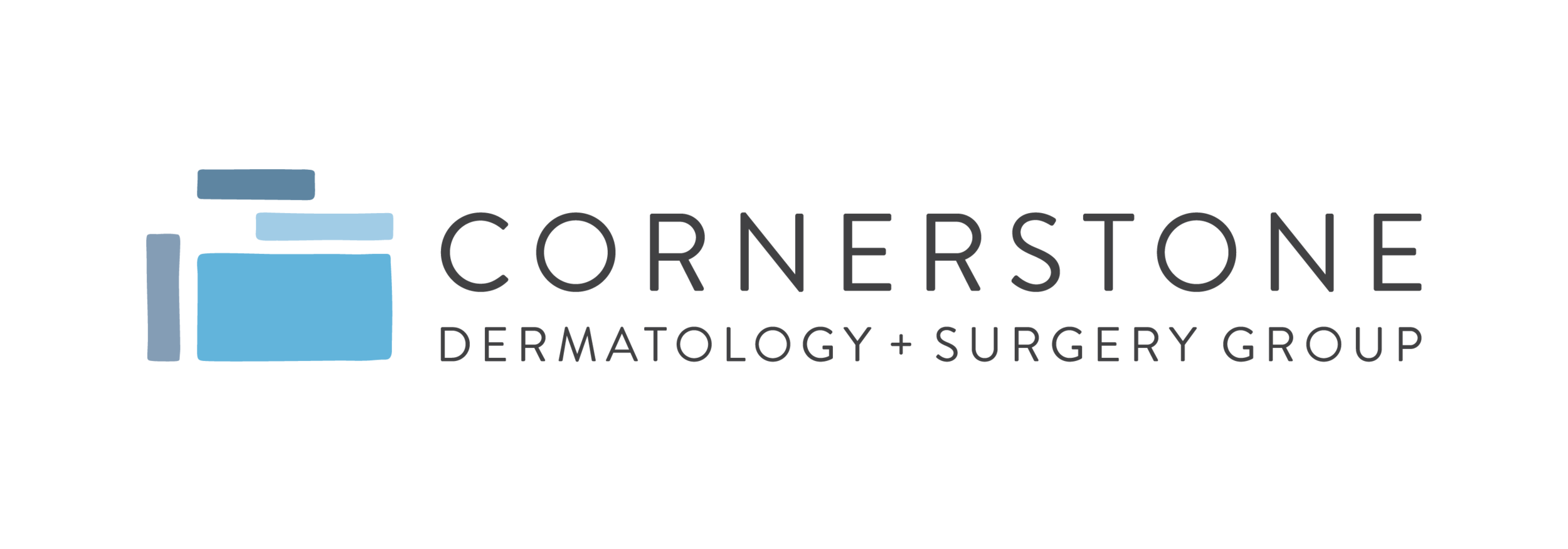What you need to know before indoor tanning
What You Need to Know Before Indoor Tanning
As a Dermatology Physician Assistant, I frequently encounter patients who seek that sun-kissed glow, often turning to tanning beds as a convenient and (seemingly) safe alternative to natural sunlight. However, the reality is starkly different. Tanning beds pose significant health risks, some of which can have long-term, life-threatening consequences.
I will never shame anyone for a history of tanning bed use! Fun fact … I actually worked at one in high school. This meant free unlimited tanning, which I clearly now regret! When I began caring for patients in the dermatology setting nine years ago, I quickly realized the true danger of tanning bed use when I had an 18-year-old patient with an extensive history of tanning bed usage develop melanoma.
Knowledge is power. Hopefully this blog will provide you with some useful education on the dangers that accompany tanning as well as safe alternatives to achieve that sun-kissed look.
In this blog post, I'll delve into the dangers of tanning beds, supported by scientific evidence, and explain why avoiding them is crucial for your health.
1. Indoor Tanning Leads to Increased Risk of Skin Cancer
Tanning beds emit ultraviolet (UV) radiation, primarily UVA rays, which penetrate deep into the skin. This exposure significantly increases the risk of developing skin cancers, including:
• Melanoma: The deadliest form of skin cancer, often linked to indoor tanning. Research shows that using tanning beds before the age of 35 increases melanoma risk by 59%.
• Basal Cell Carcinoma (BCC) and Squamous Cell Carcinoma (SCC): These are the most common skin cancers, with studies indicating a strong correlation between indoor tanning and higher incidences of basal cell carcinoma and squamous cell carcinoma.
2. Indoor Tanning Leads to Premature Skin Aging
If you’re trying to age gracefully or turn back the hands of time and appear more youthful, you’ll want to steer clear of tanning beds. Frequent exposure to UV radiation accelerates the breakdown of collagen and elastin fibers in the skin. This process leads to:
• Wrinkles and fine lines
• Loss of skin elasticity
• Age spots and hyperpigmentation
This condition, known as photoaging, can make individuals appear older than their actual age, undermining the aesthetic benefits they seek from tanning.
3. Indoor Tanning Leads to Eye Damage
Without proper eye protection, UV rays from tanning beds can cause severe eye conditions, such as:
• Photokeratitis: Essentially a sunburn of the cornea, leading to pain, redness, and temporary vision loss.
• Cataracts: Long-term UV exposure can contribute to cataract formation, impairing vision.
• Macular Degeneration: Increased risk of damage to the retina, potentially leading to blindness.
4. Indoor Tanning Leads to Addiction
Research shows, some individuals develop a psychological dependence on tanning. This addiction can lead to compulsive tanning behavior despite the known health risks, similar to substance addiction patterns.
Safe Alternatives to Indoor Tanning
Instead of exposing yourself to harmful UV rays, consider safer options like:
• Professional spray tans from reputable spray tan studios.
• Self-tanning lotions, sprays, and mousses
• Bronzing powders and tinted moisturizers
These alternatives provide a sun-kissed appearance without the associated health risks. And these safer options have came a long way in the past 10 years! When I was in college, all self tanners made you look bright orange. Now you can achieve a beautiful, natural-looking and safe tan whether you decide to go with a spray tan studio or an at-home option.
Because I Care For You and your. skin
The allure of a golden tan often blinds people to the severe risks posed by tanning beds. As a Dermatology Physician Assistant, I can't stress enough the importance of protecting your skin. The scientific consensus is clear: indoor tanning significantly increases the risk of skin cancer, premature aging, and other health issues. Prioritizing skin health and embracing safer alternatives is not just a cosmetic choice—it's a life-saving one.
Amanda Goddard, PA-C, has nine years of experience at a dermatology physician assistant. To schedule an appointment with her at Cornerstone Dermatology, call 816-287-1528.


